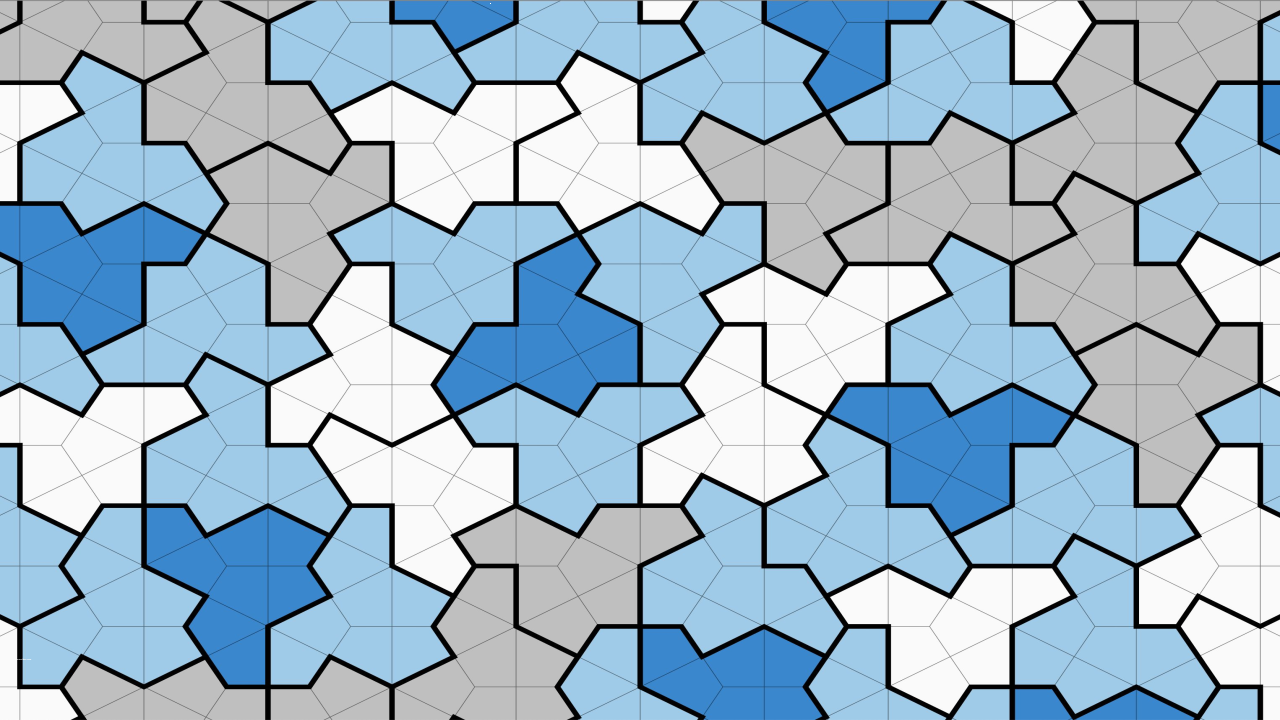Penrose Tiling Problem and the “The Hat” Shape
In the world of mathematics, there are problems that have been around for centuries, or even millennia, waiting to be solved. One such problem is the Penrose tiling problem, named after the British mathematician and physicist Roger Penrose. The Penrose tiling problem asks if it is possible to cover a surface with tiles that are aperiodic, meaning they can never be repeated in a regular pattern. In 2017, retired printing technician David Smith discovered a shape that can solve the Penrose tiling problem, which he named “The Hat”.
Discovery of “The Hat” Shape
David Smith stumbled upon “The Hat” shape while playing with a popular mathematical toy, the Penrose tile set. He noticed that one of the shapes in the set could be used to completely cover a surface without creating a repeated pattern. He named this shape “The Hat” because it resembles a fedora hat. “The Hat” is an example of an einstein, a shape that can completely cover a surface without creating a repeated pattern.
David Smith and Penrose Tiling
The Penrose tiling problem was first introduced by Roger Penrose in the 1970s. He created a set of 20,426 tiles that can be used to cover a surface aperiodically. Later, he reduced the number of shapes from six down to two. Even with this reduction, the problem remained unsolved for decades.
In 2016, David Smith launched a blog on Penrose tiling, where he documented his progress in understanding the problem. When he thought he had bested Penrose in finding the einstein, he contacted Craig Kaplan, a computer science professor at the University of Waterloo, for verification. Together, they used software to understand the tile better.
Sequel to “The Hat” Shape
David Smith’s discovery of “The Hat” shape led to the creation of a new shape that is also an einstein, which he called “The Turtle”. The Turtle is a sequel to The Hat and can also completely cover a surface without creating a repeated pattern.
Peer Review Status of the Scientific Paper
David Smith has written a scientific paper on his discovery of “The Hat” shape and the Penrose tiling problem, but it has not gone through peer review yet. Peer review is a process where experts in the field review the paper to ensure that it meets the standards of scientific research.
Month: Current Affairs – April, 2023
Category: Science & Technology Current Affairs


